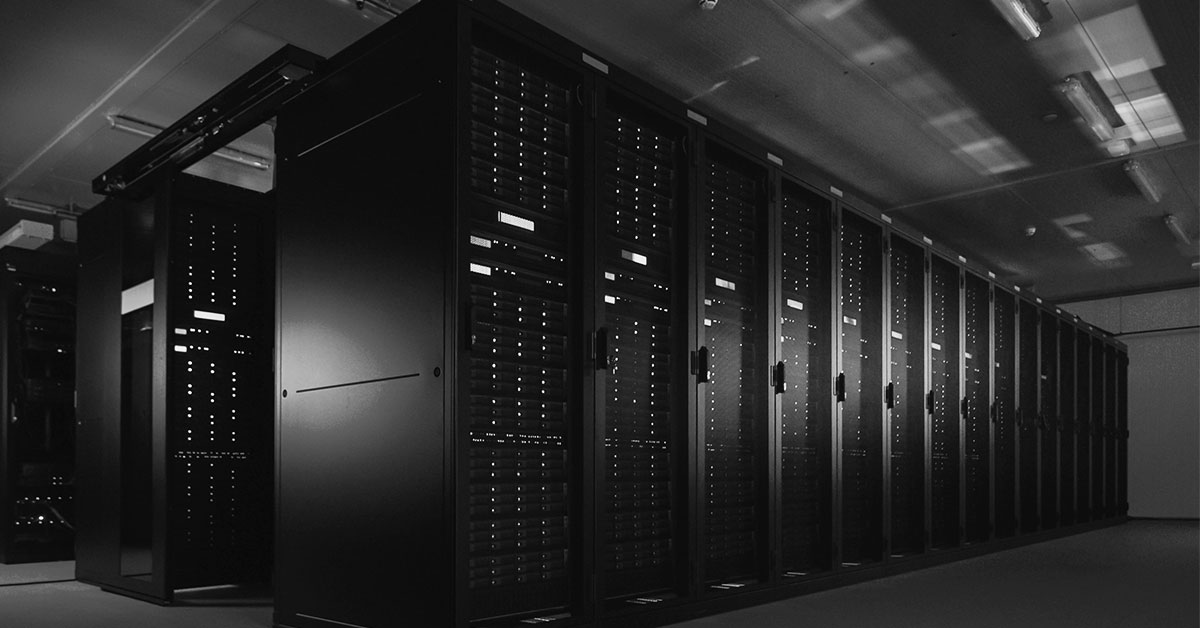Traditional architectural approaches, founded on relational database principles and inflexible solutions, face numerous problems in addressing modern cybersecurity challenges. Being unable to sufficiently meet complex requirements and limitations, such as unstructured feeds, scaling issues, schema-less requirements and agility in many facets of development and deployment cycles, these approaches seek for a new paradigm to resolve many (if not all) of these ill-articulated mechanisms.
SWORDFISH, by intelligently utilizing ontology concepts and No-SQL technology, offers a new dynamic answer to this need. By combining edge concepts and technologies together with deep cybersecurity know-how and business-wise thinking, its architecture provides for prioritized flexibility and inclusiveness of all mission-critical entities and relationships. Although far from proposing a one-size-fits-all panacea, SWORDFISH can provide a “live” real-time solution that potentially links all cybersecurity and privacy sources, of whatever size and structure, in a way that makes next-gen analytics, personalized insights and multi-view monitoring feasible.
At a glance:
- SWORDFISH platform is built upon a scalable architecture which provides the necessary ingredients for building Applications.
- Multiple installation scenarios are supported (cloud-based or in-premise) with single or multiple servers scaling according to the load of the platform.
- Dynamic data schemas are supported, fitting the unstructured nature of workflow-generated data and the massive volume of data coming from third-party systems like SIEM, Firewalls, WAF etc.
- Indexing and searching based on No-SQL database are very fast compared to traditional relational databases’ performance.
- Horizontal scaling, by adding more clusters, enable the platform to address increased system load and high-availability requirements.
Find out more by downloading the Swordfish Architecture Datasheet.






